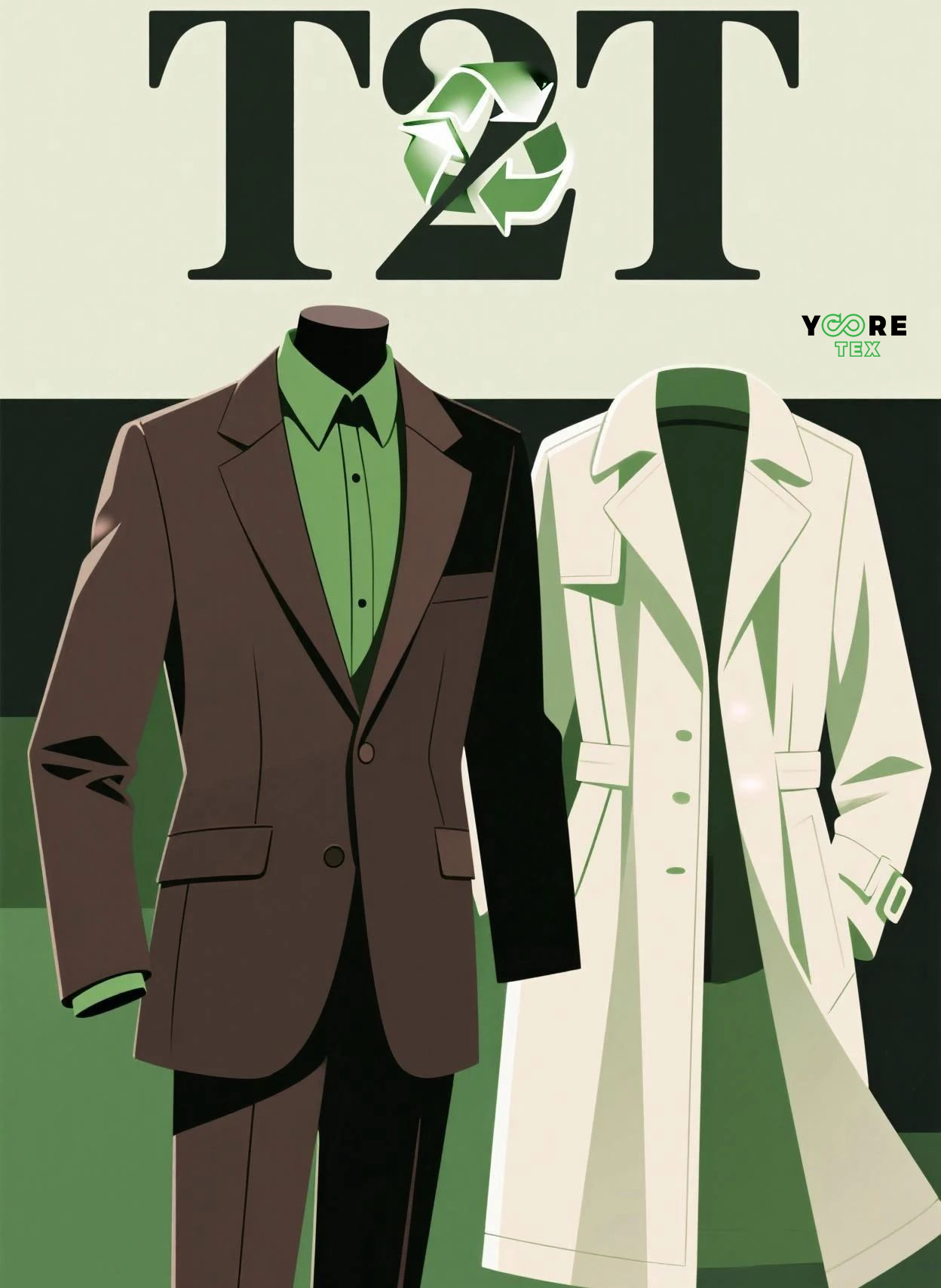The textile waste crisis is a growing threat to global ecosystems. Synthetic fibers like polyester, which take centuries to decompose, and hazardous chemicals leaching from landfills amplify environmental damage. Amid this urgency, textile-to-textile recycling (T2T) has emerged as a revolutionary system to convert discarded fabrics into high-quality raw materials, reducing reliance on virgin fossil-fuel resources.
While mechanical recycling struggles with blended fabrics and fiber degradation, chemical recycling offers a breakthrough. This method dissolves textiles into molecular components, separating dyes, polymers, and contaminants to produce virgin-grade materials. Chemical recycling is particularly vital for polyester, which constitutes 52% of global fiber production.
Quanzhou Yooretex New Material Co,. Ltd. exemplifies this innovation. We transforms post-consumer polyester into durable fibers identical to virgin materials by chemical recycling. AI-powered sorting and infrared scanning optimize waste classification to ensuring feedstock purity.

Companies worldwide are adopting textile-to-textile recycling to combat textile waste:
1. H&M's Closed-Loop System
2. Patagonia's ReCrafted Wool Initiative
To achieve a circular textile economy, stakeholders must:
1
Invest in chemical recycling infrastructure.
2
Standardize textile waste collection systems.
3
Educate consumers on textile-to-textile recycling benefits.
With innovations like Yooretex's AI-driven solutions, T2T recycling could reclaim 45% of textile waste by 2030.
Conclusion: Redefining Waste through T2T Recycling
